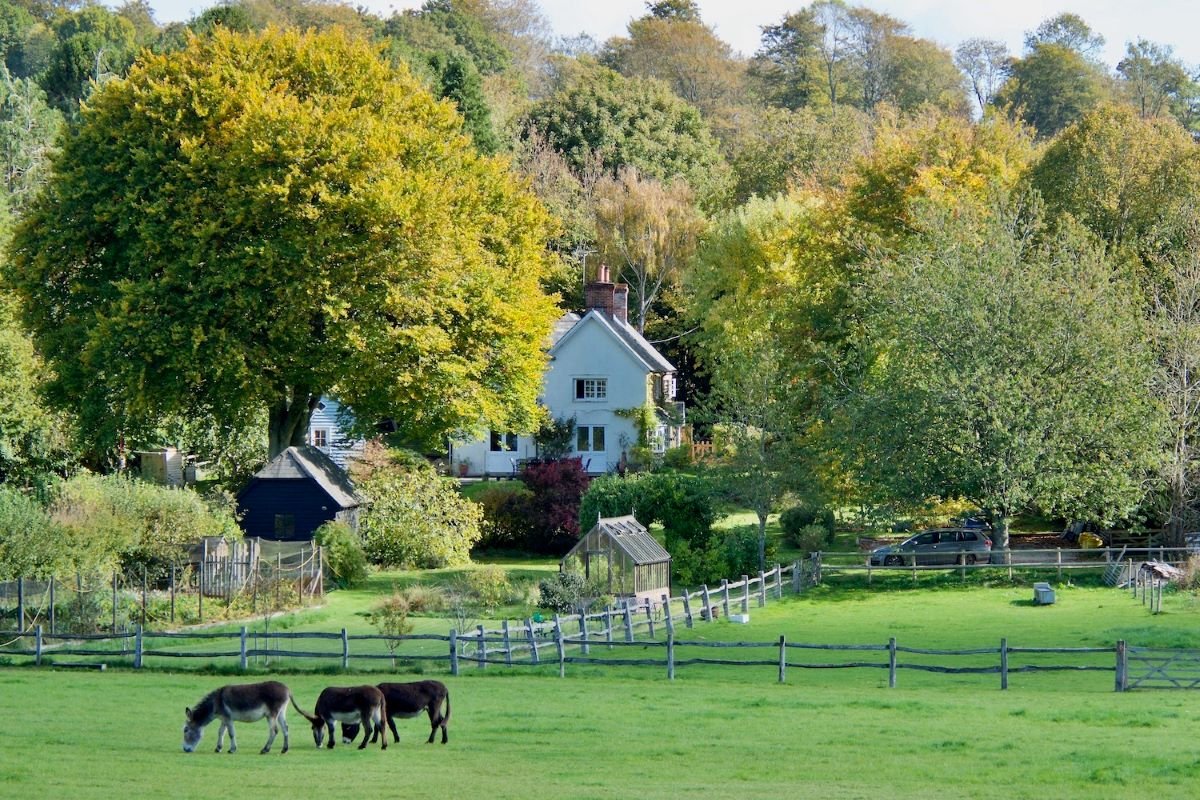
I have been travelling the world for the past 20 years. During that time, I have travelled alone, worked as a tour manager and for the past 12 years I have been writing about my experiences. Lockdown brought a sudden end to my roving life. I was gazing at a long, empty period of nothing to do. I had to find something. I was already in self-isolation as I had recently returned from an abruptly curtailed ski trip in Italy. I was destined to remain alone for the next few months.
To get through lockdown I focused on finding something different to do every day. I learnt to jog, I went for bike rides and I did a lot of walking. There was time to notice details of my surroundings. My walks got longer, and I explored further afield as lockdown restrictions were relaxed. I had begun to realise I did not need to jump on a plane for distant destinations to satisfy my desire to visit new locations. There are lots of interesting places around me in Dorset. Cranborne is the site of a fascinating piece of English history.
Cranborne in Dorset
Cranborne lies in the Crane Valley surrounded by a designated area of outstanding natural beauty. It was once a large and powerful town, probably one of the most important in Dorset. It was famous for its regular market and two annual fairs. Royalty were regular visitors when they hunted on nearby Cranborne Chase.
But it all changed when a new road was built between Poole and Salisbury. It by-passed Cranborne, which soon settled down to become a peaceful village surrounding its manor house. This house was once a hunting lodge used by King John and is now home to the Cecil family, who have been running the estate since the early 17th century. The manor is currently the seat of Viscount Cranborne, the heir to Lord Salisbury, whose home is Hatfield House in Hertfordshire. Cranborne Manor represented the eerie house Manderley, in a new Netflix adaptation of Rebecca by Daphne du Maurier. The film was released in October 2020.
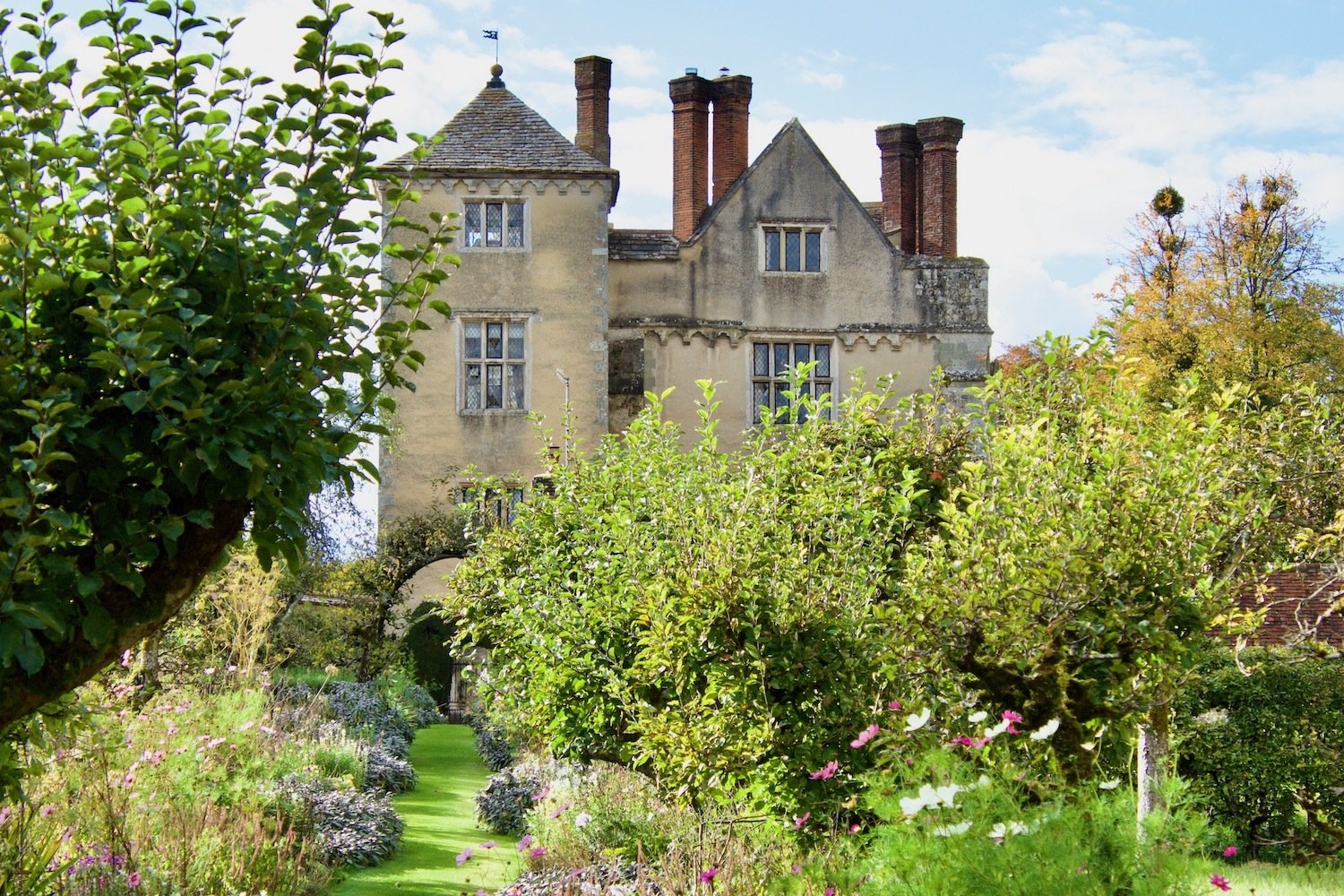
Locals and visitors are allowed to walk on land owned by the manor house. Paths criss-cross some water meadows known as the Close. Cattle graze there during the summer, and the Winterborne flows across them from late autumn until the end of spring. Walkers on the Close can follow a path through an impressive avenue of trees from which they will also get glimpses of Cranborne Manor and the local church.
The Church of St Mary and St Bartholomew was originally a priory church, part of the monastery of Cranborne believed to have been founded as a Benedictine abbey around 980. Parts of the building date back to the 12th century including some splendid murals.
The Chase is also part of a designated walk around the estate. This easy walk goes through the village, passes arable fields and follows tracks through the woods. An interesting highlight is the lovely converted chapel near the small hamlet of Boveridge.
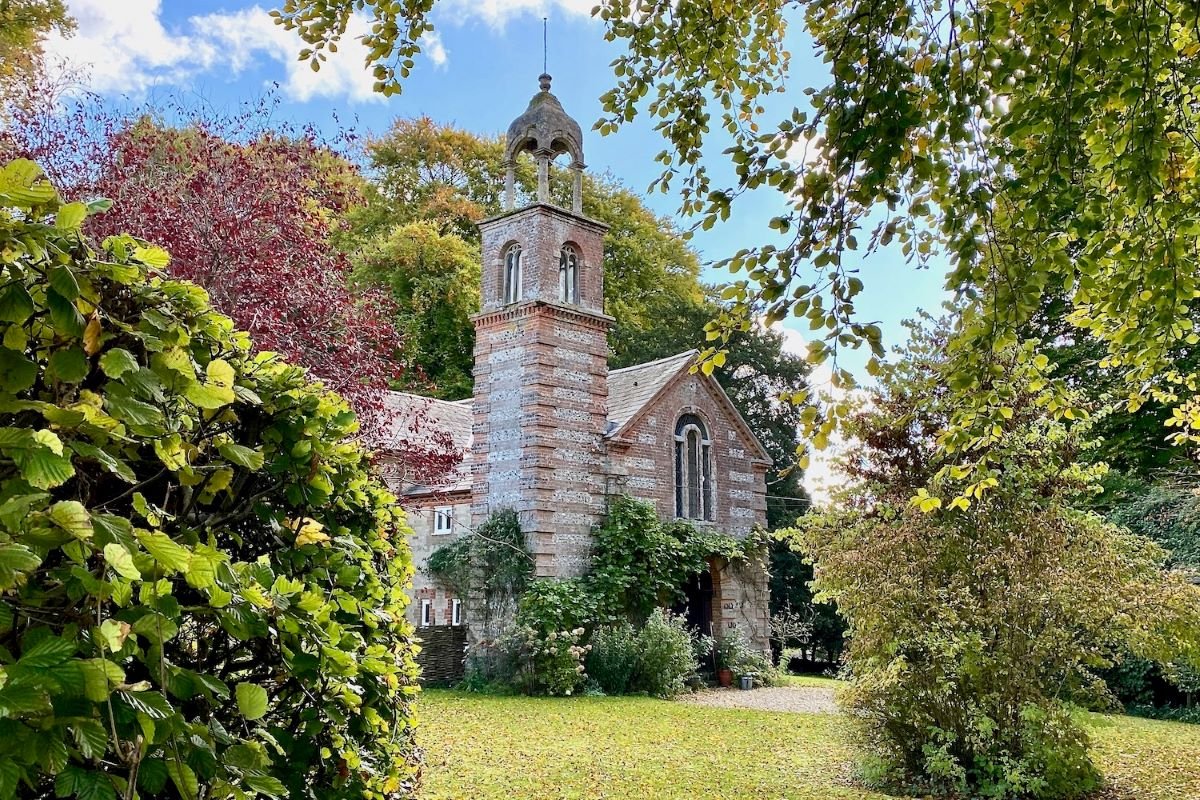
Back in the village, Cranborne Garden Centre is worth a visit. Once part of the manor, it is enclosed by high walls. The Old Barn is full of vintage furniture and artefacts for sale. There is also a tearoom that overlooks a small formal garden. At the far end is a gate that leads into the manor gardens, which are open to the public one day a week during the summer. I visited in the autumn when I could enjoy the colourful foliage and excellent hospitality at La Fosse.
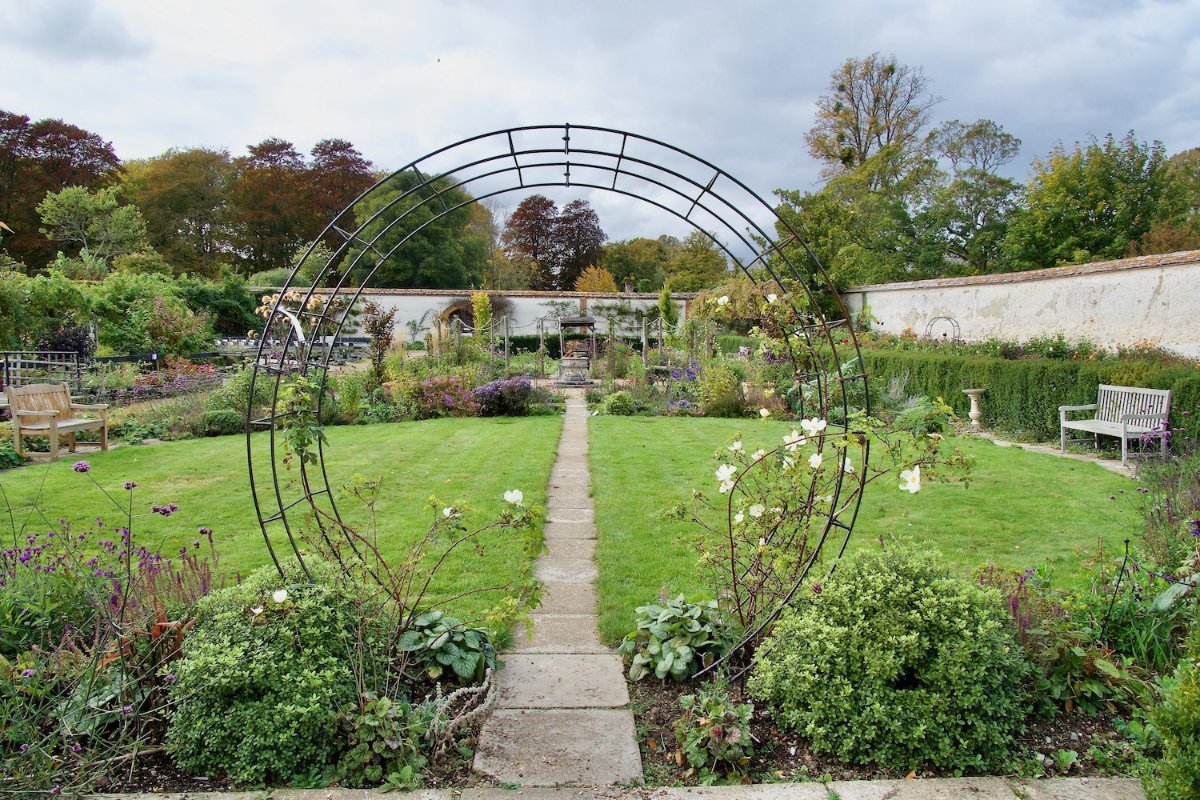
La Fosse Restaurant and Rooms in Cranborne, Dorset
Since I started travelling again, good safeguards against Covid-19 have become very important to me. At La Fosse Restaurant and Rooms, I felt safe and so I could relax and enjoy my stay. Although their safety measures minimise contact between staff and guests, they do not detract from the friendly welcome and cosy atmosphere.
On arrival I used the hand sanitiser at the front door and put on a face mask as requested. Check-in was very quick: I was greeted and then directed to my room, where I found the key already in the door. I had collected some fresh milk on my way up, and all the other information I needed was in my room. There is hand sanitiser by the door of each room along with a reminder to put on a face mask when leaving.
My dinner that evening in La Fosse restaurant was cooked by its chef-proprietor, Mark Hartstone. The atmosphere in the small restaurant was enhanced by the cheerful presence of his wife, Emmanuelle, who was waiting on the tables. All three dishes of my evening meal were perfectly cooked and beautifully presented. I was curious to know how such a good chef had come to live in Cranborne.
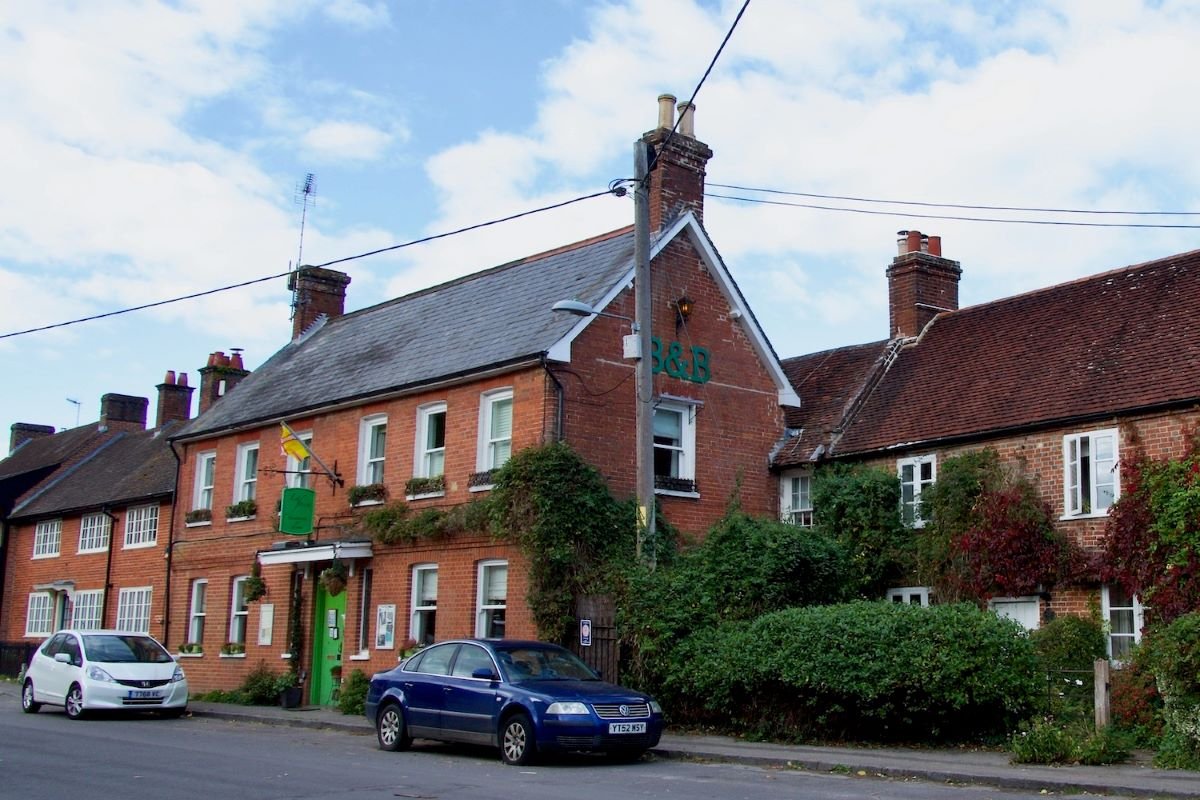
Mark Hartstone, chef-proprietor of La Fosse in Cranborne, Dorset
Mark, a science graduate, was originally destined for a career in the petroleum industry. But it was not long before he decided that quality of life was the most important thing. He retrained as a chef and worked in several top-class restaurants to gain as much experience as possible.
He met Emmanuelle when they were both working at Chewton Glen Manor Hotel. They decided to move to Cranborne as it was convenient for Emmanuelle’s place of work – she was then manager of the Montagu Arms in Beaulieu. Now, they are running La Fosse together. I was fascinated by the mix of traditional, contemporary and quaint in the interior of La Fosse.
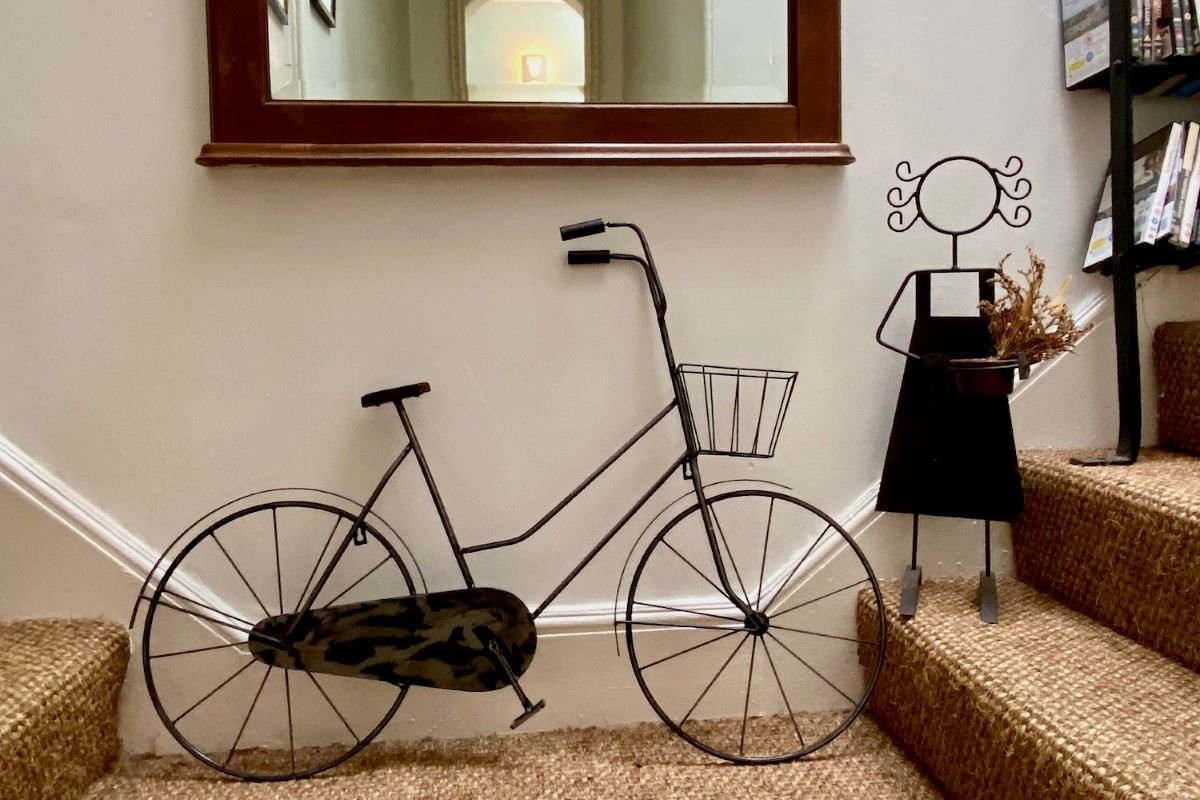
They survived during lockdown by offering take-away meals. Mark has an allotment and plans to extend that side of the business. When I asked if they would ever move away Mark was adamant that living here was a lifestyle choice. He commented on the great sense of community and the links he has forged.
A wonderful example is his supply of fresh fish from the local gamekeeper. I learned that the smoked trout I’d had in my breakfast bun that morning (room service) had been caught by the gamekeeper the day before and smoked in Mark’s kitchen.
No, I don’t need to travel hundreds of miles to have some memorable experiences.





